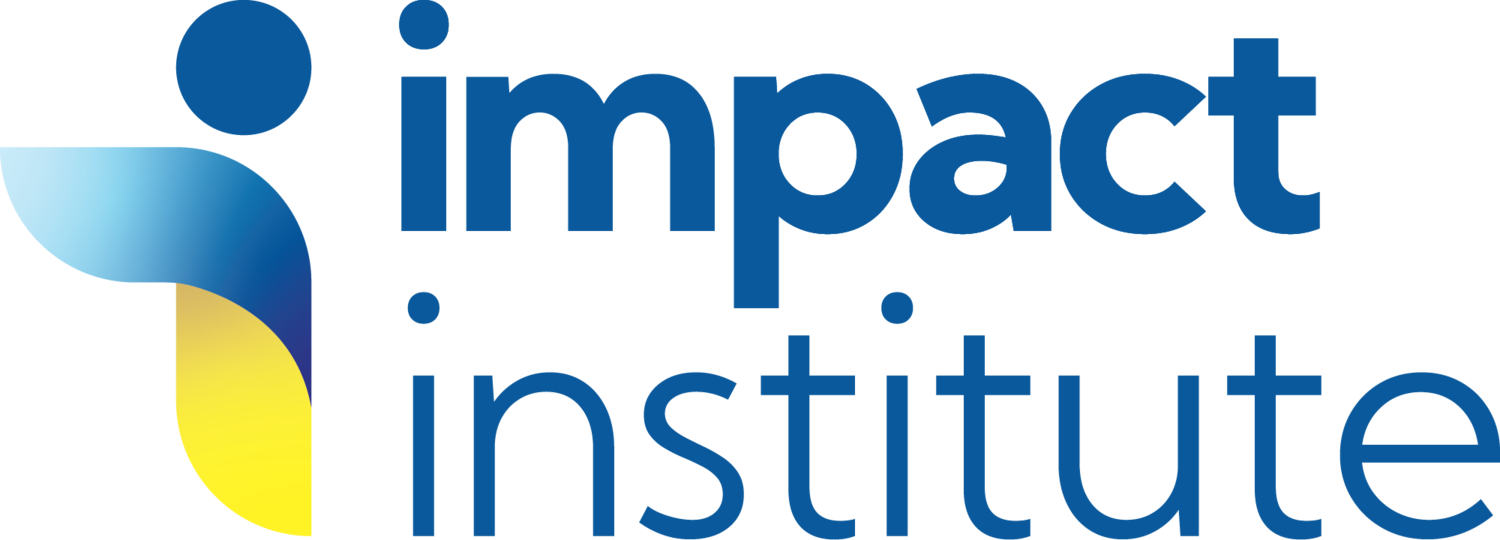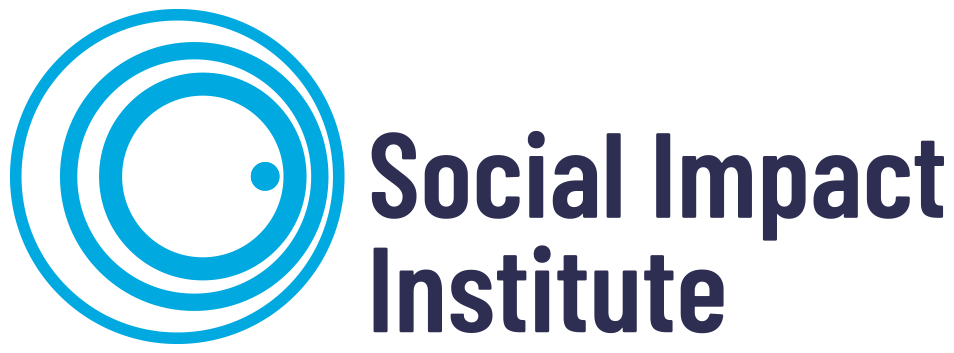Non-profits Ride the Second Wave of New Technologies
The ability to operate anywhere and at any time is a major advantage to every non-profit. With the right tools and training, you would scarcely break a sweat if your smartphone buzzed just ten minutes before meeting a potential donor, alerting you to the fact that a critical report you were waiting on had just arrived.
With cloud-based access to your email, presentation software, and databases providing essential background information, you could quickly update your presentation with new and exciting information, right from the carpark!
Leading non-profit organisations are looking for something called their ‘tipping point’. This refers to the time when it is most viable to move their entire IT system to the cloud, and how they can maximise the benefit of that move.
Riding the second wave: new technology must prove its worth
While efficiencies are always promised by companies selling new software, matching investment in digital innovation with real savings and advantages to your organisation is vitally important. For this reason, the smartest non-profits ride the second wave rather than being at the bleeding edge of new technology. This allows them to implement excellent, proven online systems that give their organisation an edge over their competitors.
This is best illustrated by the popularity of tablet computers several years ago. Many organisations jumped on the bandwagon and introduced them for staff use. However, it didn’t take long to discover that the tablets were failing the productivity test. Laptops proved far more effective for business use because of the greater ease of real keyboards, the full-sized displays and the full software program functionality. Organisations found that their disenchanted staff members often reverted back to desktop PCs or old laptops.
Managing the change process
When a non-profit organisation is looking for new fundraising software or CRM fundraising database, it’s vitally important that the digital investment they are considering will increase productivity and save costs—not just theoretically, but after implementation as well. If you can prove a benefit to your organisation, go ahead, but ensure that the productivity gain and cost saving you foresaw when you were researching the product, becomes a reality.
Let me illustrate this. In the hopes of automating their regular donation process, one charity introduced a new fundraising database module. The justification for the improvement was that it would save the organisation more than 20 hours of work per week and the employee in charge of the original, manual giving process would be utilised elsewhere. However, changes were met with some resistance and the organisation failed to find significant new responsibilities for the employee whose role had been reduced by more than 50 percent. Not only did the organisation fail to gain any productivity from their new investment, it cost them dearly.
In contrast, another organisation fully implemented the change process by shifting the focus of their regular giving coordinator from basic donation processing to improving the donor experience through automated information flows. Now, without any staff intervention, each donor receives carefully-timetabled individualised feedback about how their donations are helping people in need, in accordance with the programs they selected. This has improved retention rates for newly acquired donors and shows a provable benefit of more net income to the charity.
Integration versus integrated
Many organisations overlook the need to integrate new technology to provide a seamless IT solution for the whole organisation. However, an initial small investment in a stand-alone software system may end up costing your organisation a lot more than you bargained for!
A residential aged care provider I once worked with needed to integrate two main software programs that they used together. In their research, they discovered that the cost would be around $80,000 per organisation. I helped them come up with an integrated cloud-based solution that included the two programs, along with a VPN and Medical Director, the main program used by local GPs, at a fraction of the cost. It was an unbeatable offer because it answered these very important criteria:
- Is it going to provide the efficiencies we are looking for?
- Is it affordable?
- Is it easy to implement?
Digital technology is integral to the everyday operations of all organisations, including non-profits. These tools help us operate more efficiently, transform how we communicate our message, raise our profile, and allow us to become a more effective voice for our beneficiaries and supporters. It is in our own best interests to build a secure, affordable, cloud-based, user-friendly, integrated digital infrastructure that works for us!
Social Impact Institute services are available throughout Australia, including Sydney, Melbourne, Brisbane and regional areas. Call us on 1800 822 763 to have a chat and book your consultation.
Share this page


